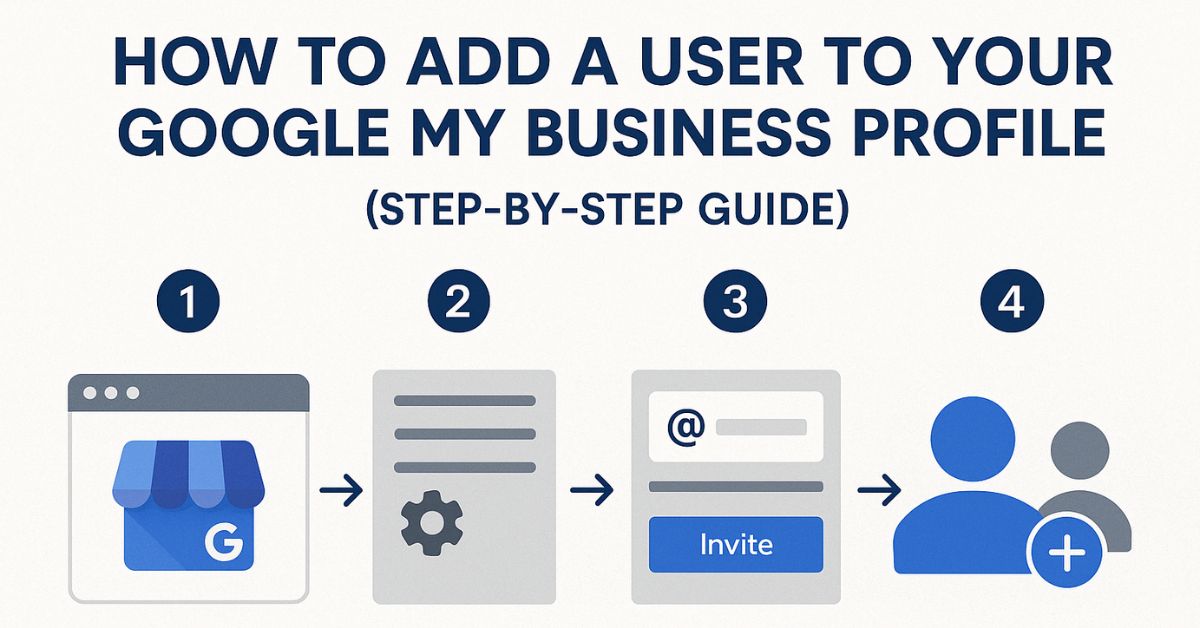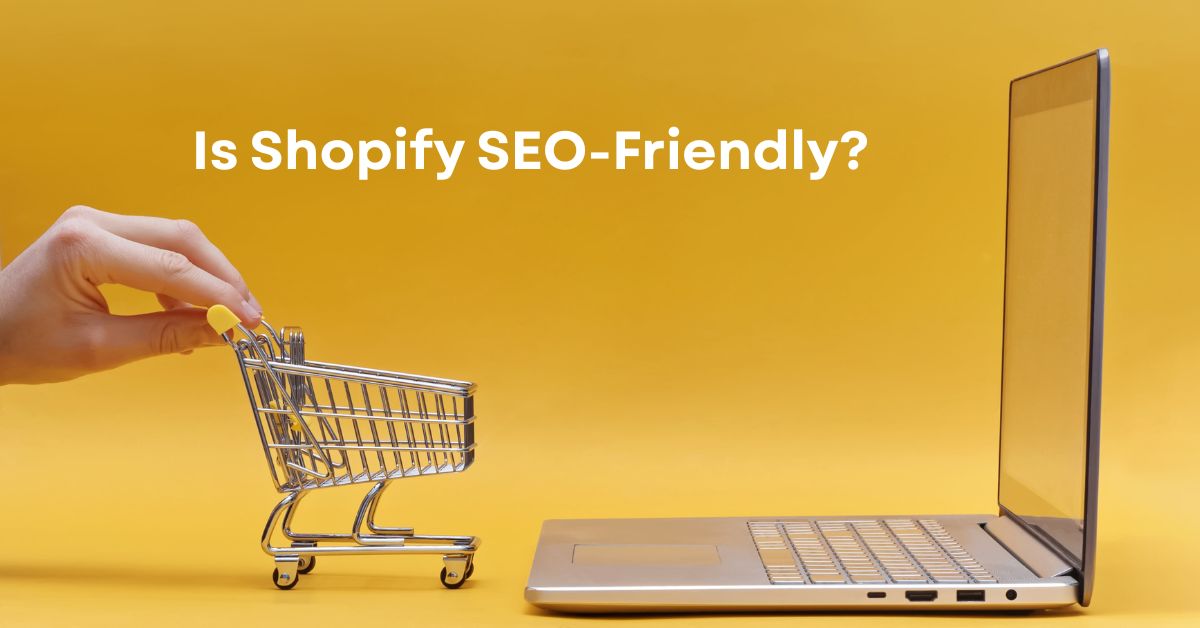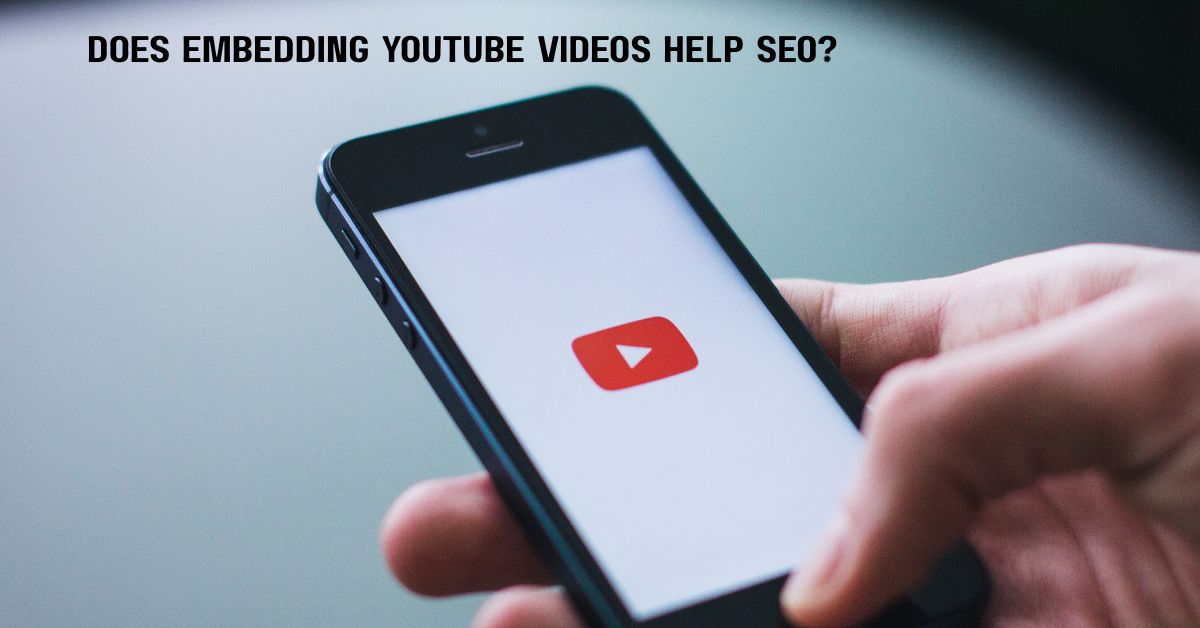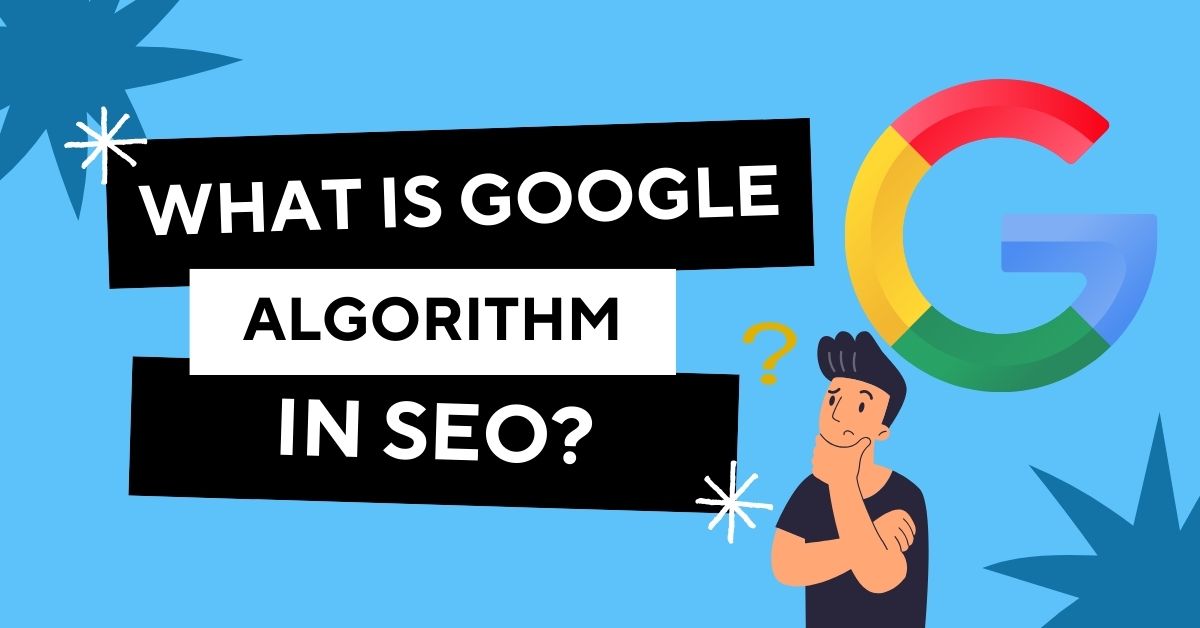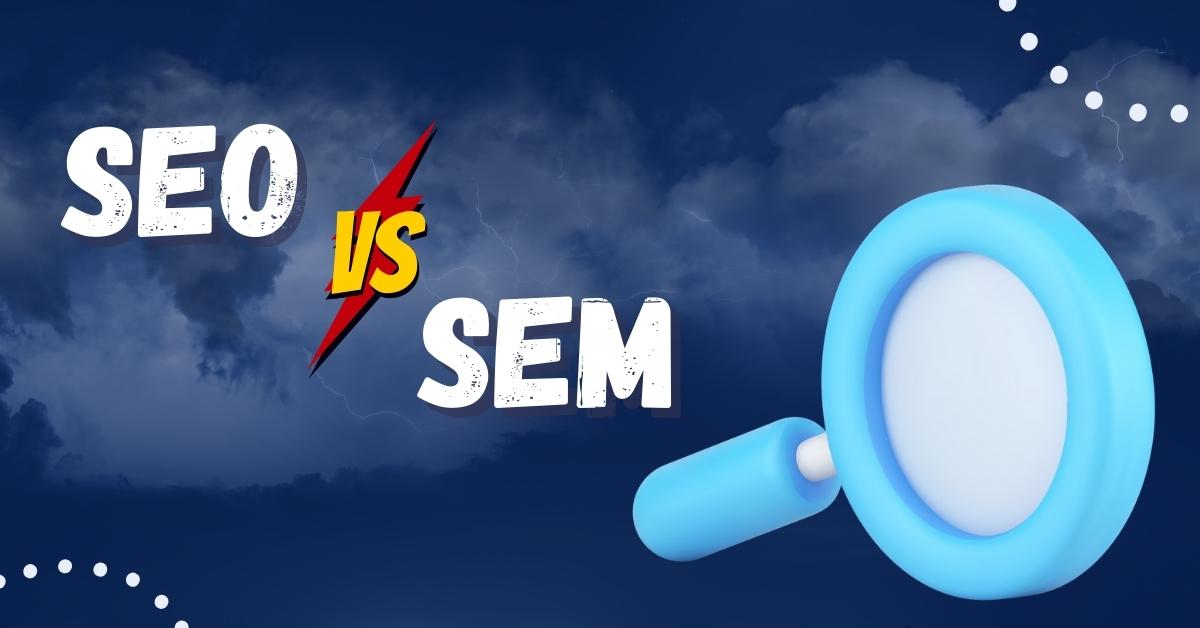
TABLE OF CONTENTS
- Attracting Organic Traffic: The SEO Way
- Paid Advertising: The SEM Way
- SEO Vs SEM Decoding The Difference
- Cost
- Time Taken to Get Results
- Testing opportunities
- Long term ROI
- Dominating SERP
- Click-through rate (CTR)
- Similarities In SEO & SEM
- SEO or SEM: What to Use When
- SEO Vs SEM: Can You Apply Both?
In a world where everything has become a competition, staying relevant is of utmost importance. Luckily, with digital marketing’s most precious gems in your hand, namely SEO and SEM, you can get closer to showing up at the top of search engine page results.
SEO is all about getting targeted traffic to your website through organic search. It focuses on optimising your website according to what users are searching for, which will help your website rank higher.
SEO and SEM services sure look alike, but it’s the paid factor that puts SEM in a different light altogether.
Google search results contain both paid search results and organic search results. SEO attracts traffic organically, while SEM fetches traffic to your website through various paid search ads.
SEO & SEM may look alike and leave you confused, but you don’t have to be. By the time you finish reading this article, you’ll get everything you need to know.
1. Attracting Organic Traffic: The SEO Way
Search engine optimization (SEO) includes increasing non-paid or organic visibility in search engines. This improves brand awareness and drives targeted users to your website.
Every search engine has Search Engine Result Pages (SERPs) that show results when a user searches a particular query. Since there is a high possibility of getting many matches on a single query, Google has to prioritise high-quality pages that will come first in the search results while others follow after.
The process of optimising a website to make it rank in the top search results is SEO – and it only consists of organic efforts.
A whopping 53.3% of all website traffic comes from organic search.
Furthermore, the Google Search algorithm ranks web pages based on hundreds of different signals. These ranking factors include high-quality content, a good page experience, links, and much more. Ultimately, Google aims to provide searchers with the best answers to their queries.
To compete effectively on the organic search engine results pages (SERPs), it is crucial that you implement SEO pillars into your digital marketing strategy.
A. Types of SEO
a.On Page SEO
Everything that happens on the website is counted as on-page SEO. It is the process of optimising the elements of a website to help Google understand what it’s about, making it easier to get indexed and be found by its users.
It also ensures that your content aligns with user expectations, including keyword intent, format, and comprehensiveness.
On-page SEO also includes meta descriptions, headings, title tags, and image alt tags.
b. Off Page SEO
This consists of activities that are like “behind the curtain scenes”, which keep the show (as in your website) running. It must be noted that off page activities aren’t a substitute for on-page factors. They strengthen your overall SEO strategy and improve your SERP rankings.
Website authority has a significant impact on organic search rankings. Domains with more high authority backlinks often do better in organic search. Backlinks are, in fact, one of the top three ranking determinants. This is all part of off-page SEO.
To develop relevant backlinks, a well-crafted off-page SEO approach employs PR, social media, influencer partnerships, bylines, and conventional outreach. These links convey authority to the URLs to which they link as well as the entire domain.
c. Technical SEO
In terms of content and other off-page activities, your visitors may find your website useful. Nevertheless, if the technical parts of the website affect the user experience, it will impact your ranking as well.
Technical SEO is the optimization of a website’s technical components. CMS, code, scripts, page load time and site performance, URL structure, XML sitemaps, robots.txt, schema (structured data), and other elements are included. As a consequence, search engine crawlers can find, browse, and index the appropriate sites.
Furthermore, technical SEO guarantees that web pages follow Google’s Core Web Vitals measurements in order to provide the optimal user experience.
2. Paid Advertising: The SEM Way
Search engine marketing or SEM services utilise sponsored search platforms to increase a website’s exposure in search results and drive more focused traffic to it.
To have your website appear in search results, you must get pay-per-click (PPC) ads from Google Ads, Microsoft Ads (Bing Ads), Yahoo, or other search engine advertising programs.
The ability to set a budget, capitalise on numerous ad kinds, conduct cost-effective ad campaigns, generate compelling ad text, and evaluate data to assess the worth and performance of the advertising is required when using sponsored ads.
It also has the opportunity to continuously optimise campaign and ad performance by tweaking the various campaign levers.
3. SEO Vs SEM Decoding The Difference
Search engine optimisation and search engine marketing can be easily mistaken, but they have different implications for digital strategy. Read on to learn how they differ from each other and what’s better for you:
A. Cost
From a comparison perspective, it can’t be said if SEO or SMO are more expensive than each other. Both of them include implementation costs, which affect ROI. SEO costs more money to implement given the number of people involved, and it can take longer to achieve results.
However, on the bright side, it leads to a much higher ROI due to its compounding returns.
On the contrary, search engine marketing is more of a short-cut that can generate revenue more quickly.
In short, if you compare the costs on a short-term basis, SEM will win. But if it takes 24 months, SEO will succeed. Are you willing to put your time and efforts at stake, or would you rather pay for short-term results? It depends.
- For instance, your in-house SEO team would require costs for salaries, benefits, tools, training, management, and the SEO technology stack. If you partner with an SEO agency instead, you’ll end up paying a monthly fee and have a much quicker ramp up period to production.
- In the case of PPC ads, you often have lower costs than an in-house team or agency. However, you have the additional cost per click (CPC) of the ads. And these costs can be in the millions of dollars per month, depending on your market, budget, and the type of agency you work with.
Often, companies pay a whopping amount for ad clicks over SEO’s monthly costs, even though SEO can’t guarantee success and may eventually lead to cost efficiencies in exchange for greater business performance.
B. Time Taken to Get Results
SEM initiatives can create traffic almost immediately. In comparison, SEO might take months to produce significant traffic benefits.
Given the distinction, it is critical to prioritise your approach strategically. SEM is your best choice if you need to swiftly generate traffic to a temporary web page for a seasonal event. But what if you want to create an evergreen content hub centred on a high-value term that will provide compounding value for years? You require SEO.
C. Testing opportunities
When you begin an SEO program and optimise your web pages, it might take months to see the results and determine whether your keyword and content tactics are effective. Testing and insights take time in this manner.
SEM, on the other hand, is a terrific marketing platform for quick testing and insight collection. SEM allows you to test keywords, ad text, and bidding methods far faster than SEO. This also opens up options to develop landing pages based on real data in much less time.
D. Long term ROI
SEO has a significant benefit in this situation. In fact, it’s the only option. With the appropriate method, your web pages may stay at the top of search results for years, generating money with no expenditure.
This is because the majority of your SEO expenditures are incurred up front. It takes a significant initial effort to develop content and build links. When a page ranks in the top three slots, its rating becomes self-sustaining. Organic traffic generates backlinks, which keep or improve your rank, which generates more backlinks, and so on.
E. Dominating SERP
SEO offers the opportunity for a brand to capture more real estate in the SERPs. This can include featured snippets, knowledge graphs, map listings, People Also Ask links, image or video carousels, interesting finds, and more. By utilising multiple digital assets, you can occupy several listings in the search results.
Alternatively, SEM offers only an ad position, extensions, and sitelinks.
In other words, with SEO, you can dominate the page. With SEM, you can gain slightly more space within one ad space on the page.
F. Click-through rate (CTR)
In case of SEO, your website ranks well due to organic efforts such as backlinking, and optimization. Whereas in SEM, the advertiser is required to pay every time a user clicks on the ad or for every thousand impressions, depending on the ad campaign. SEO is free, and SEM is paid.
4. Similarities In SEO & SEM
Although the concepts are distinct, they are related in several ways. Let’s have a look at these parallels.
- Increase the visibility of your website.
- Drive high-quality traffic to your website.
- Learn more about your target audience.
- To increase traffic, do keyword research.
- Continuous optimization is required.
5. SEO or SEM: What to Use When
Now that you understand the similarities and differences between the two words, tell us which method you should employ and when. We must examine the following factors while deciding which one to use:
- Specific Objectives
SEM/PPC is a good option if you want to gain visitors rapidly or test a specific campaign. SEM methods might be used if long-term growth is your objective.
- Existing Efficiency
If your firm already has high organic exposure, using SEM to strengthen this performance and increase traffic might be a viable alternative.
- Your profit margins
If your campaign has high expenses and few clicks, continuing to engage in SEM without additional research and testing makes no sense. It might be useful in this circumstance.
6. SEO Vs SEM: Can You Apply Both?
In an ideal digital marketing strategy, SEO and SEM can get along well. Utilising both strategies can provide a comprehensive approach to maximise online visibility and drive traffic.
SEO leads have a 14.6% close rate, while outbound leads have a 1.7% close rate.
Another statistic reveals that 47% of digital marketers claim SEO to be one of the most effective tactics—but 39% also identify it as one of the most difficult. After all, it is worth it considering the return it yields.
However, it all boils down to factors like budget, team resources, and business goals.
Consider allocating resources to both SEO and SEM services in Auckland based on your specific needs, aiming for optimal results in terms of visibility, traffic, and conversions.
But you have to remember that it’s all about your priorities – based on your budget, team and business. If you’re unable to line up your priorities, perhaps the best seo services in Auckland can help you make the most of SEO and SEM.
FAQs
SEM, or Search Engine Marketing, is a digital marketing strategy that involves promoting websites by increasing their visibility in search engine results through paid advertising and optimization techniques.
- Which is better, SEO or SEM?
SEO and SEM serve different purposes. SEO focuses on organic search results, improving website visibility and ranking. SEM combines SEO with paid advertising for immediate visibility and traffic.
- Which one is more expensive, SEO or SEM?
The answer isn’t definitive. The cost of SEO and SEM can vary, as SEO requires ongoing efforts and investments in content creation and optimization. SEM involves paying for advertising, which can be costly depending on the competitiveness of keywords and ad placements.

